Neurodiversity Recruitment – Trends and Tips
By Kimberly Kafafian
With it being World Autism Month, I want to call attention to a topic I’m very passionate about: neurodiversity. You might have heard this term being thrown around as the latest workplace buzzword, but do you understand what it means and why it is so beneficial for organizations to take it to heart?
In his book The Power of Neurodiversity, Thomas Armstrong encourages people to realize that there is no standard for the human brain. Rather, there is an infinite range of brain function and behavioral traits. This is the concept of neurodiversity – and it is so empowering! The term is usually used to describe people who while bringing a host of talents to the table, may also need some extra support. The referred to group tends to include people with autism, ADHD, dyslexia and other neurological conditions.
Many leaders have mistakenly clung to the notion that this extra support is not worth the effort, but research actually indicates that neurodiverse workers can be 30% more productive! In fact, some of the world’s leading companies have successful neurodiverse programs. Here are just a few and the benefits they have experienced:
- Microsoft not only has a neurodiversity program, it has built an entire hiring program that affords neurodiverse individuals the ability to demonstrate their strengths and qualifications in non-traditional ways.
- PwC believes “attracting, retaining and developing talented, diverse professionals — including individuals with disabilities — is a business imperative to help spur innovation, drive growth and sustain competitive advantage in the marketplace.”
- JP Morgan has stated that their autistic employees achieve 48% to 140% more work than their typical colleagues.
- SAP started their Autism at Work program back in 2013 and has a 90% retention rate of employees on the autism spectrum.
- EY found that its neurodivergent employees excelled at innovation with their diversity of thought being the differentiator.
What organizations need to start understanding is that when they truly embrace neurodiversity, they can tap into a pool of talent that can successfully tackle the required tasks in today’s data-driven world, boosting the bottom line. Neurodiverse individuals often excel in key areas, such as interpreting data, analyzing data and thinking logically. Plus, neurodiversity offers other benefits like overcoming groupthink and tackling talent shortages.
What are you doing to include neurodiverse talent in your organization?
Here Are Some Tips to Help You Attract and Retain Neurodiverse Talent
1. Determine where your organization can benefit from diverse skills
Take a deep dive and identify the right fit in terms of needed skill sets and where the neurodiverse worker will be comfortable.
2. Pay Careful Attention to the Language You Use
By language, I mean both how you refer to neurodiverse candidates and workers, as well as in your recruitment strategy. You want to make sure your job descriptions capture the eye of neurodiverse candidates. Avoid fluff, wish lists and generic descriptions. Instead, get down to the basics, focus on values, and highlight how your company welcomes neurodiverse talent.
3. Include Your Neurodiversity Initiatives in Your Employer Branding
Let everyone know about neurodiversity in your workplace. Include a page or section about it on your website, share employee stories on social media, and promote your initiatives on LinkedIn.
4. Tweak Your Recruitment and Hiring Process
There is no greater place to acknowledge that there is no standard or normal brain than in your recruitment and hiring practices. While they have the skills to do the job, the neurodivergent tend to not interview well. As I mentioned above, Microsoft built an entire hiring program around neurodiverse individuals. Many of the “normal” recruitment and hiring processes almost immediately rule out the neurodivergent. Just small talk or eye contact alone can be overwhelming. A few tweaks can make all the difference in your recruitment:
- Let candidates “show” you what they can do rather than tell you
- Send the candidates your interview questions in advance to help them better prepare verbal answers
- Avoid vague questions
- Consider using online assessments and/or phone screenings
It’s time to end the stigma and embrace all that a neurodiverse workplace can offer to both workers and the organization overall. But if you want to attract the talent, you need to make sure that your recruitment and hiring initiatives enable you to do so.
 En Español
En Español








